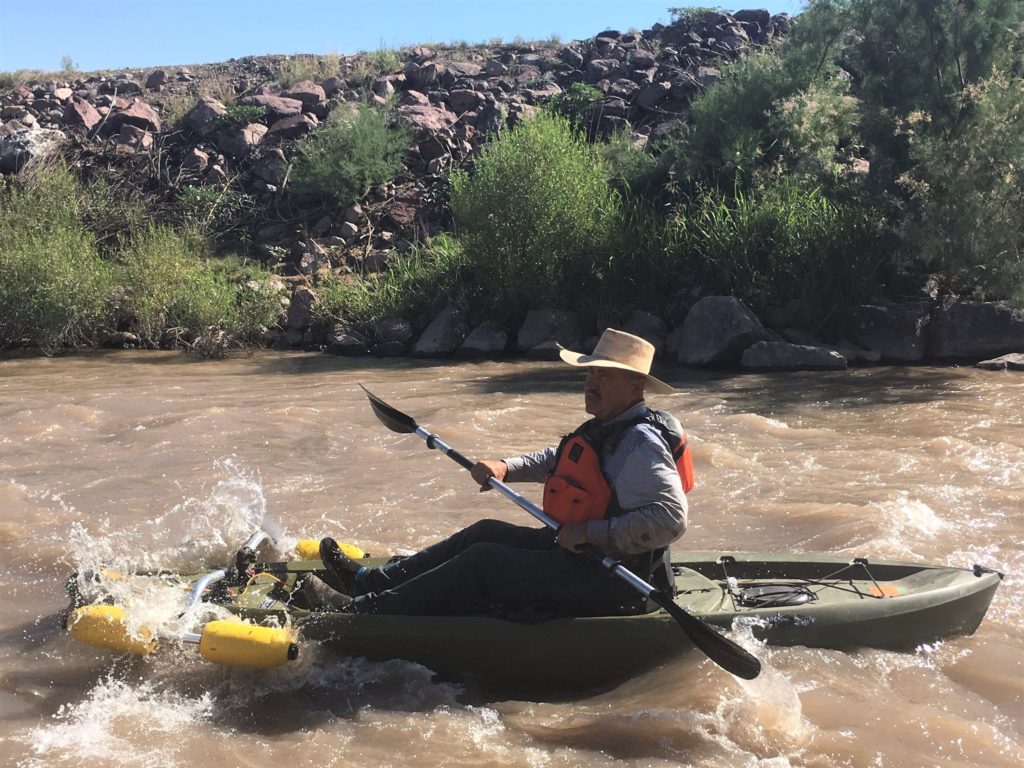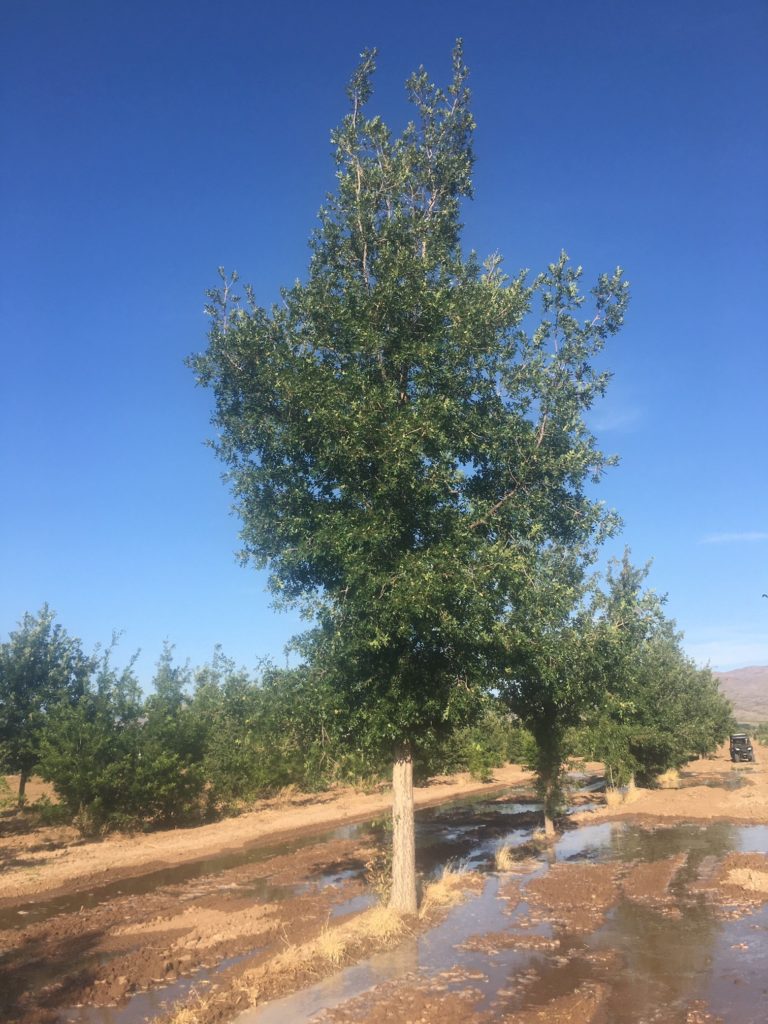
Plants of the Rio Grande
524 N.M. 408
Lemitar, N.M. 87823
575.838.0564
www.plantsoftheriogrande.com
How did Plants of the Rio Grande get started?
Up until 2003, my father Don Davenport raised cattle and grew hay. That year, he stopped the cattle and hay operation and saw an opportunity to use the 70-acre farm for growing trees. By traveling around New Mexico and Colorado and speaking with nurseries and landscapers, he learned what would make sense to grow on the farm. He started off simply and slowly, and today we have a good tree-growing business.
What are your top-selling plants?
By far, our best-selling tree is the pinon pine (Pinus cembroides edulis). We sell it both as a collected native and farm grown from seed. It’s popular because it’s native to New Mexico, is well adapted to our climate and is sought after for its fragrant aroma and pinon nuts. Another great plant we’re growing from native collected seed is the ‘Turquoise Trail’ Alligator juniper (Juniperus deppeana). It has a wonderful blue color and gorgeous bark that really looks like alligator skin.

What are your primary markets?
We sell our trees in New Mexico, Colorado, Arizona, and hopefully Utah in the near future. Texas is another good market for us, especially since they have regional climates that match ours. Another benefit to Texas is that we can sell there year-round, which definitely helps us during the winter months.

What is the Gila Monster tree that you sell?
A number of years ago my father was traveling around in the Gila National Forest, located in the southwestern part of the state. There he discovered an unusual Gambel oak (Quercus gambelli). Rather than the multi-stem, clump shrub that we see in most places around here and throughout the West, this Gambel oak was a tree – a rather tall tree at that, with a very straight, single trunk. He’d never seen anything quite like it. But he did see an opportunity! He collected some of the acorns and brought them back to the farm where we grew our own ‘mother’ tree, and named it the Gila Monster in reference to its size and the location of the original tree. From our mother tree, which is now about 10 years old, we collect the acorns and take cuttings so we can propagate this very special Gambel oak!
What are some of your biggest challenges?
Our biggest challenge is managing water. Since we’re in the Rio Grande valley, we have access to ditch water that we use to flood irrigate our fields. That water is tightly managed by the Middle Rio Grande Water Conservancy from March 15 to October 30. So as the Rio Grande goes, our water goes. Unfortunately, the ditch water also brings us our next big challenge – weeds. We deal with weeds every day. In fact, my father has met this challenge head on by inventing a special weeding tool that fits on a tractor or skid loader. We call it ‘Don’s Smart Hoe’! See the photo caption above for videos of it in action.
What’s your favorite part of being a CNGA member?
My father loves to learn new things and really values the useful education he gets each year at ProGreen. He wouldn’t miss it!










